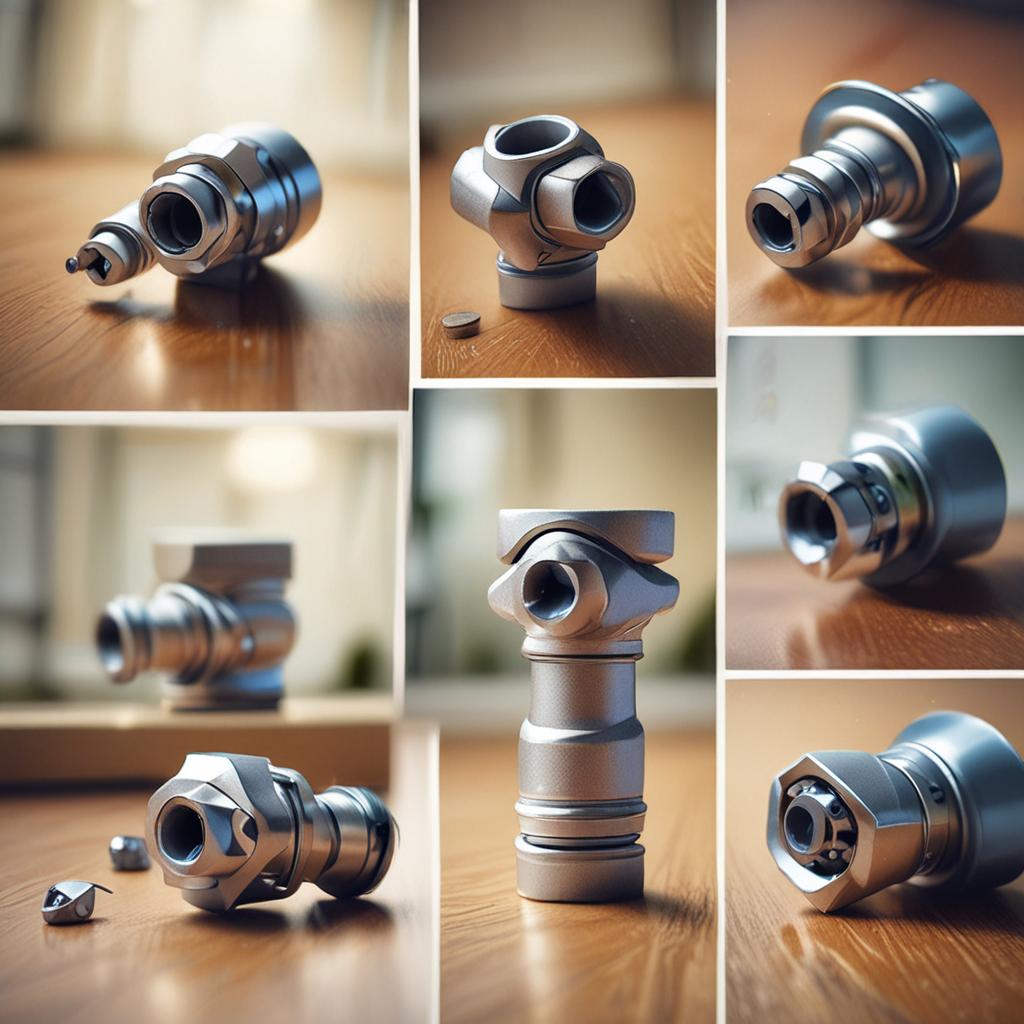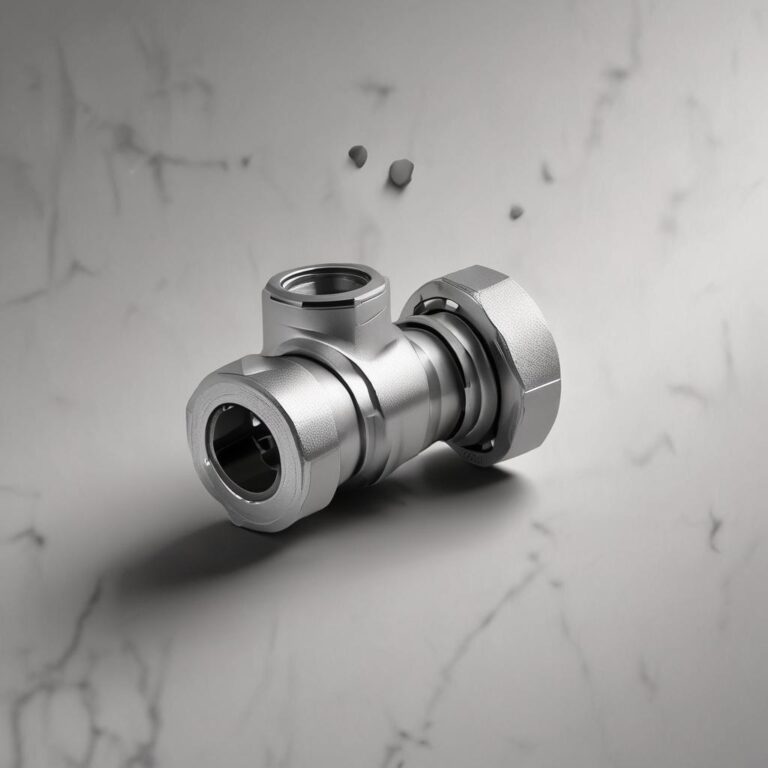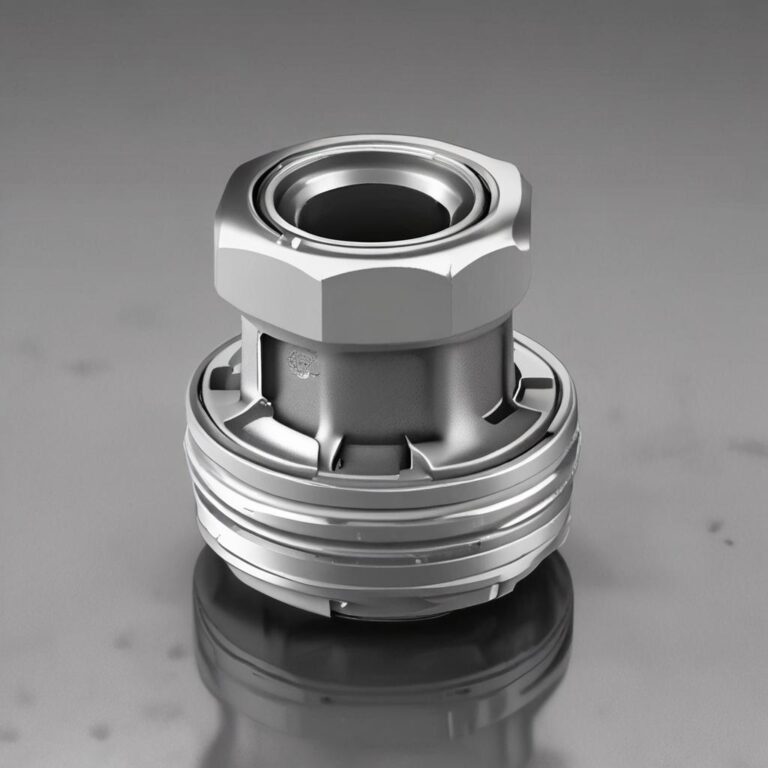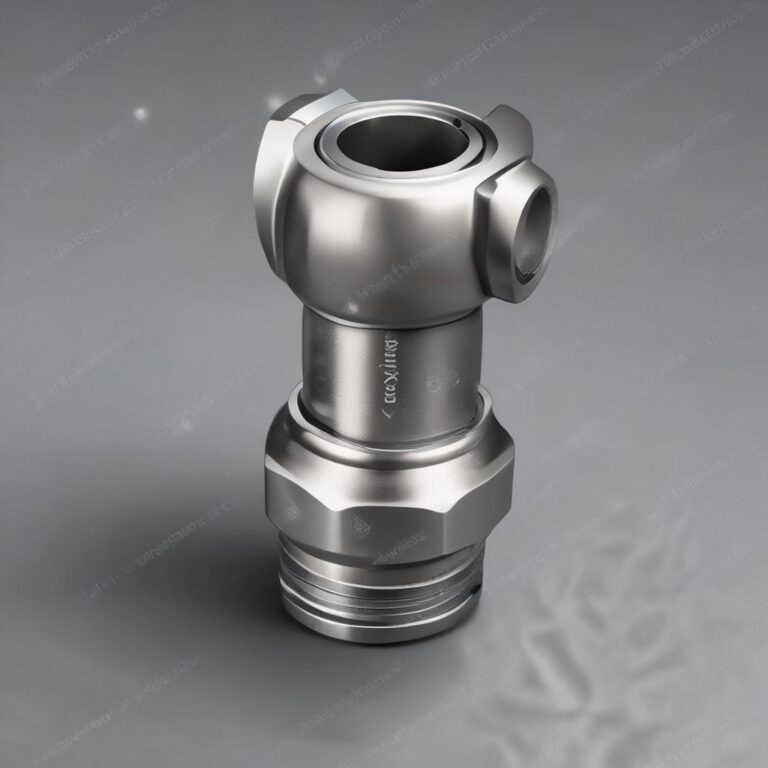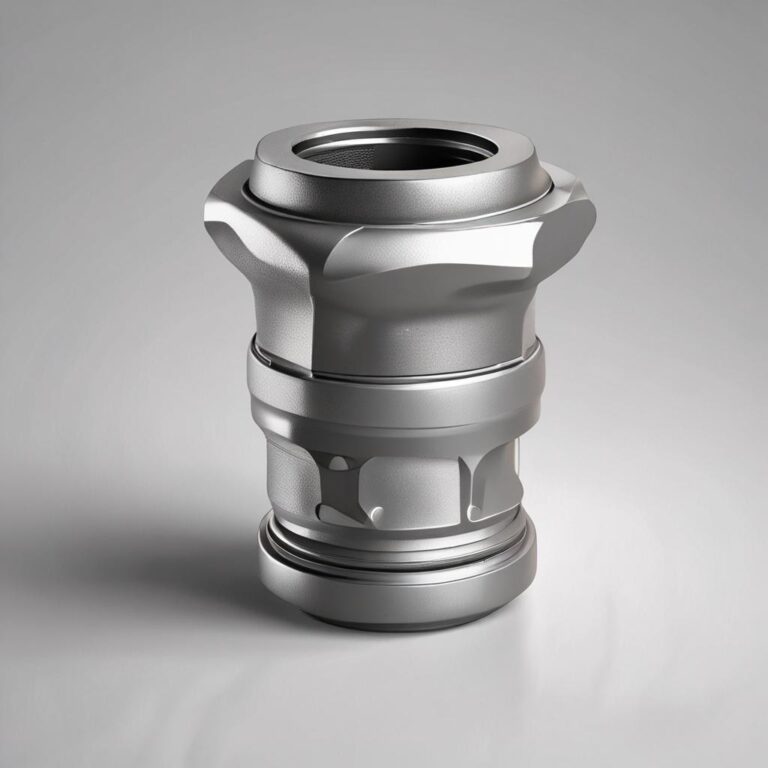1 2 Universal Joint Socket
When it comes to tackling tough mechanical tasks, having the right tools can make all the difference. Among the must-have items in any toolkit is the 1/2 universal joint socket—a versatile and indispensable tool for professionals and DIY enthusiasts alike. Designed to provide flexibility in tight or angled spaces, this socket is a game-changer for automotive repairs, industrial applications, and home improvement projects. In this comprehensive guide, we’ll explore everything you need to know about 1/2 universal joint sockets, from their design and functionality to their practical applications and maintenance tips. Whether you’re a seasoned mechanic or a weekend warrior, this post will equip you with the knowledge to make the most of this essential tool.
Step-by-Step Process
Identify Socket Size
Measure the universal joint socket to determine the correct size.
Select Compatible Tool
Choose a wrench or socket set that fits the joint socket.
Align the Tool
Position the tool securely onto the universal joint socket.
Apply Torque
Use controlled force to tighten or loosen the joint socket.
Inspect for Damage
Check for wear or defects after use.
Process infographic for 1 2 Universal Joint Socket
What is a 1/2 Universal Joint Socket?
Definition and Functionality
A 1/2 universal joint socket is a specialized tool designed to provide flexibility when working in confined or hard-to-reach spaces. The “1/2” refers to the drive size, which is the measurement of the square drive that connects the socket to a ratchet or wrench. The universal joint mechanism allows the socket to pivot, enabling it to access bolts and nuts at various angles without requiring a straight-line approach. This makes it an invaluable tool for tasks where traditional sockets fall short.
Components of a Universal Joint Socket
This tool consists of three main components: the joint mechanism, the drive size, and the socket head. The joint mechanism is the pivot point that provides the socket’s flexibility, while the drive size determines the compatibility with ratchets or wrenches. The socket head is the part that fits onto the fastener, available in various sizes to accommodate different bolts and nuts. Together, these components work seamlessly to deliver efficient and effective performance in challenging scenarios.
Types of 1/2 Universal Joint Sockets
Standard vs. Impact Universal Joint Sockets
Universal joint sockets come in two primary types: standard and impact. Standard sockets are designed for manual use with ratchets and wrenches, while impact-rated sockets are built to withstand the high torque of impact wrenches. Impact versions are typically made from tougher materials to endure the stress of repetitive, high-force applications, making them ideal for heavy-duty tasks.
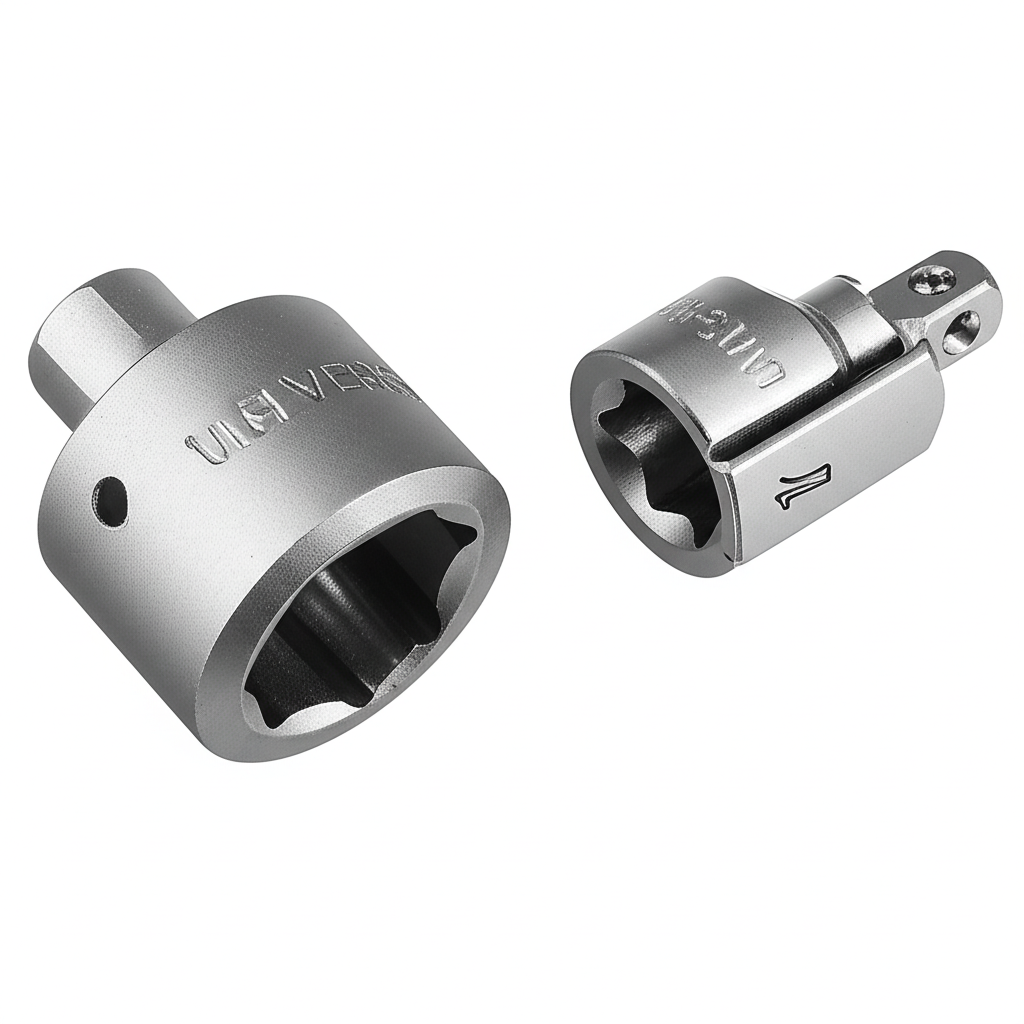
Material Variations
The material of a socket plays a crucial role in its performance and durability. Common materials include chrome vanadium and steel alloy, both known for their strength and resistance to wear. Chrome vanadium is lightweight and corrosion-resistant, while steel alloy offers exceptional toughness for demanding applications. Choosing the right material ensures the socket can handle the specific demands of your work.
Size and Compatibility
1/2 universal joint sockets are compatible with a wide range of socket head sizes, typically ranging from 10mm to 24mm or more. This versatility makes them suitable for various tasks, from automotive repairs to machinery maintenance. Always ensure the socket size matches the fastener to avoid stripping or damaging the bolt or nut.
Applications of 1/2 Universal Joint Sockets
Automotive Repairs
In automotive repairs, 1/2 universal joint sockets are indispensable for accessing bolts in tight or awkward spaces, such as engine compartments or undercarriages. Their flexibility allows mechanics to work efficiently without removing other components, saving time and effort.
Industrial and Mechanical Uses
In industrial settings, these sockets are used for machinery maintenance and construction tasks. Their ability to navigate confined spaces and awkward angles makes them a go-to tool for professionals working with complex equipment.
DIY Projects
For DIY enthusiasts, 1/2 universal joint sockets are a valuable addition to any toolkit. Whether you’re assembling furniture, fixing appliances, or working on home improvement projects, this tool simplifies tasks that would otherwise be challenging with standard sockets.
How to Use a 1/2 Universal Joint Socket
Step-by-Step Guide
To use a 1/2 universal joint socket, start by attaching it to a compatible ratchet or wrench. Position the socket head onto the fastener, ensuring a secure fit. Apply torque in a controlled manner, taking advantage of the joint’s flexibility to access tight spaces. Always use steady pressure to avoid slipping or damaging the fastener.
Safety Tips
Wear safety gloves and goggles to protect yourself from potential injuries. Ensure the socket is securely attached to the ratchet to prevent it from coming loose during use. Avoid applying excessive force, as this can damage the tool or the fastener.
Maintenance and Care
Regularly clean your socket to remove dirt and debris, and apply a light lubricant to the joint mechanism to maintain its flexibility. Store the tool in a dry, organized toolbox to prevent rust and ensure it’s ready for use when needed.
Benefits of Using a 1/2 Universal Joint Socket
Versatility in Tight Spaces
The joint’s ability to pivot makes it ideal for working in confined or hard-to-reach areas, reducing the need for disassembling other components.
Time and Effort Savings
By simplifying complex tasks, this tool helps you work more efficiently, saving both time and effort.
Durability and Longevity
High-quality materials and robust construction ensure the socket can withstand heavy use, making it a long-lasting addition to your toolkit.
Choosing the Right 1/2 Universal Joint Socket
Factors to Consider
When selecting a socket, consider factors like drive size, material, and intended use. Reputable brands often offer superior quality and reliability, so choose wisely.
Top Brands and Recommendations
Brands like Craftsman, GearWrench, and Snap-On are known for their durable and high-performing universal joint sockets. Research customer reviews and product features to find the best option for your needs.
Price vs. Quality
While budget-friendly options are available, investing in a high-quality socket ensures better performance and longevity. Balance affordability with durability to get the best value for your money.
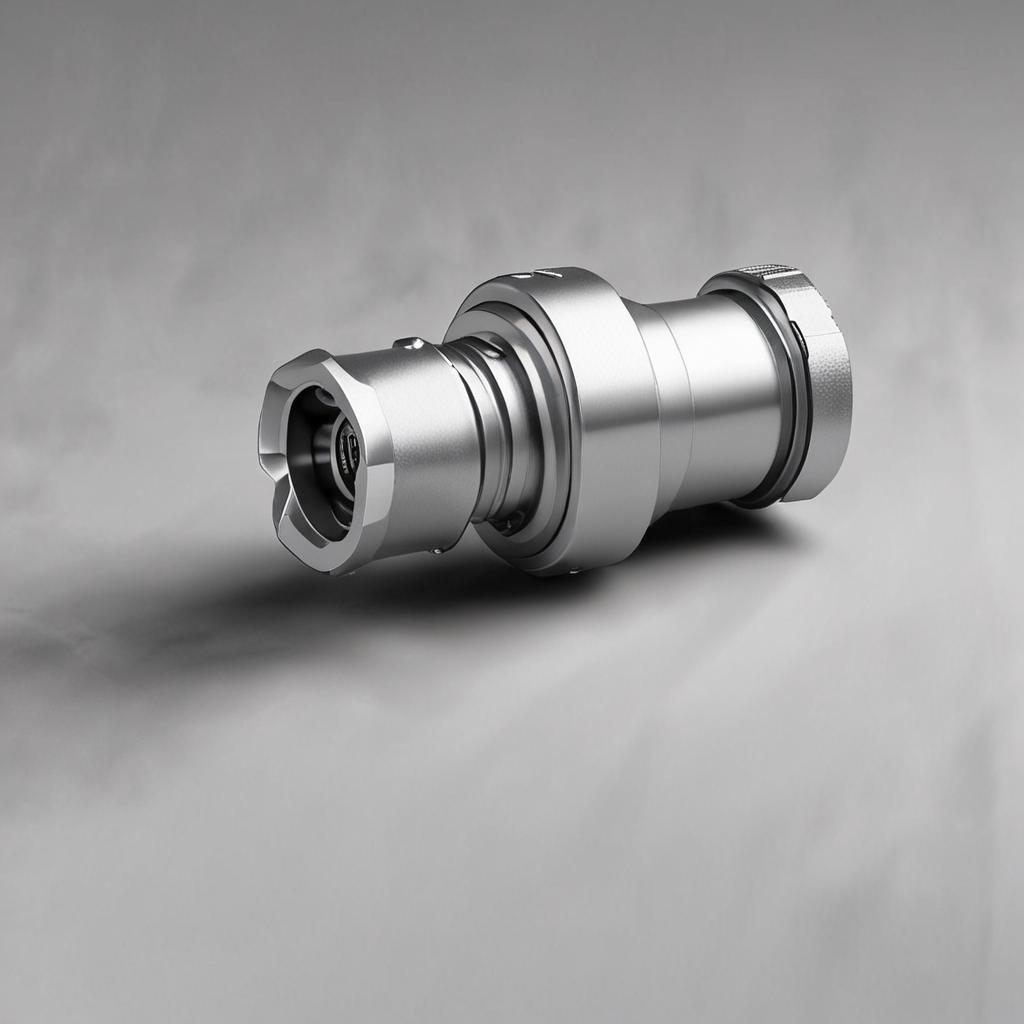
Common Challenges and Solutions
Stripped Bolts and Nuts
To avoid stripping, ensure the socket fits snugly onto the fastener and apply steady pressure. If a bolt is already stripped, use specialized tools like extractors to remove it.
Joint Wear and Tear
Regular maintenance can prevent premature wear. Replace the socket if the joint becomes loose or less flexible.
Compatibility Issues
Always check the drive size and socket head to ensure compatibility with your tools and fasteners. Using adaptors can help bridge mismatched sizes.
FAQs About 1/2 Universal Joint Sockets
What is the difference between a universal joint socket and a standard socket?
Universal joint sockets offer flexibility with their pivoting mechanism, allowing them to access tight or angled spaces where standard sockets cannot.
Can I use a 1/2 universal joint socket with an impact wrench?
Only impact-rated universal joint sockets are suitable for use with impact wrenches, as they are designed to handle high torque.
What sizes are available for 1/2 universal joint sockets?
These sockets are available in a range of sizes, typically from 10mm to 24mm or more, to fit various fasteners.
How do I maintain my universal joint socket?
Clean it regularly, lubricate the joint, and store it in a dry place to ensure longevity.
Are universal joint sockets worth the investment?
Yes, their versatility and ability to simplify complex tasks make them a valuable addition to any toolkit.
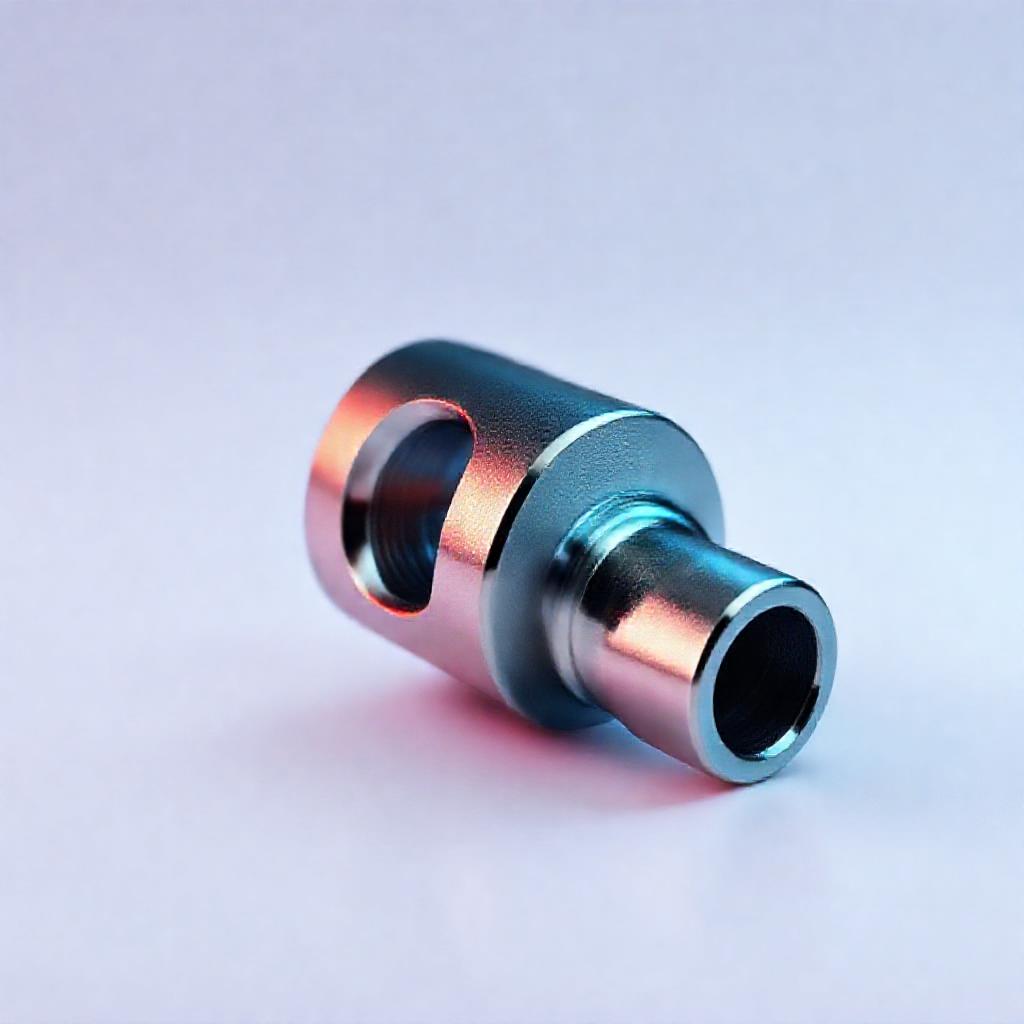
Conclusion
1/2 universal joint sockets are an essential tool for anyone tackling mechanical or automotive tasks. Their flexibility, durability, and versatility make them indispensable for professionals and DIY enthusiasts alike. By understanding their design, applications, and maintenance, you can maximize their potential and streamline your work. Invest in a high-quality socket from a reputable brand, and you’ll have a reliable tool that stands the test of time. Share your experiences or explore our recommended products to take your toolkit to the next level!

